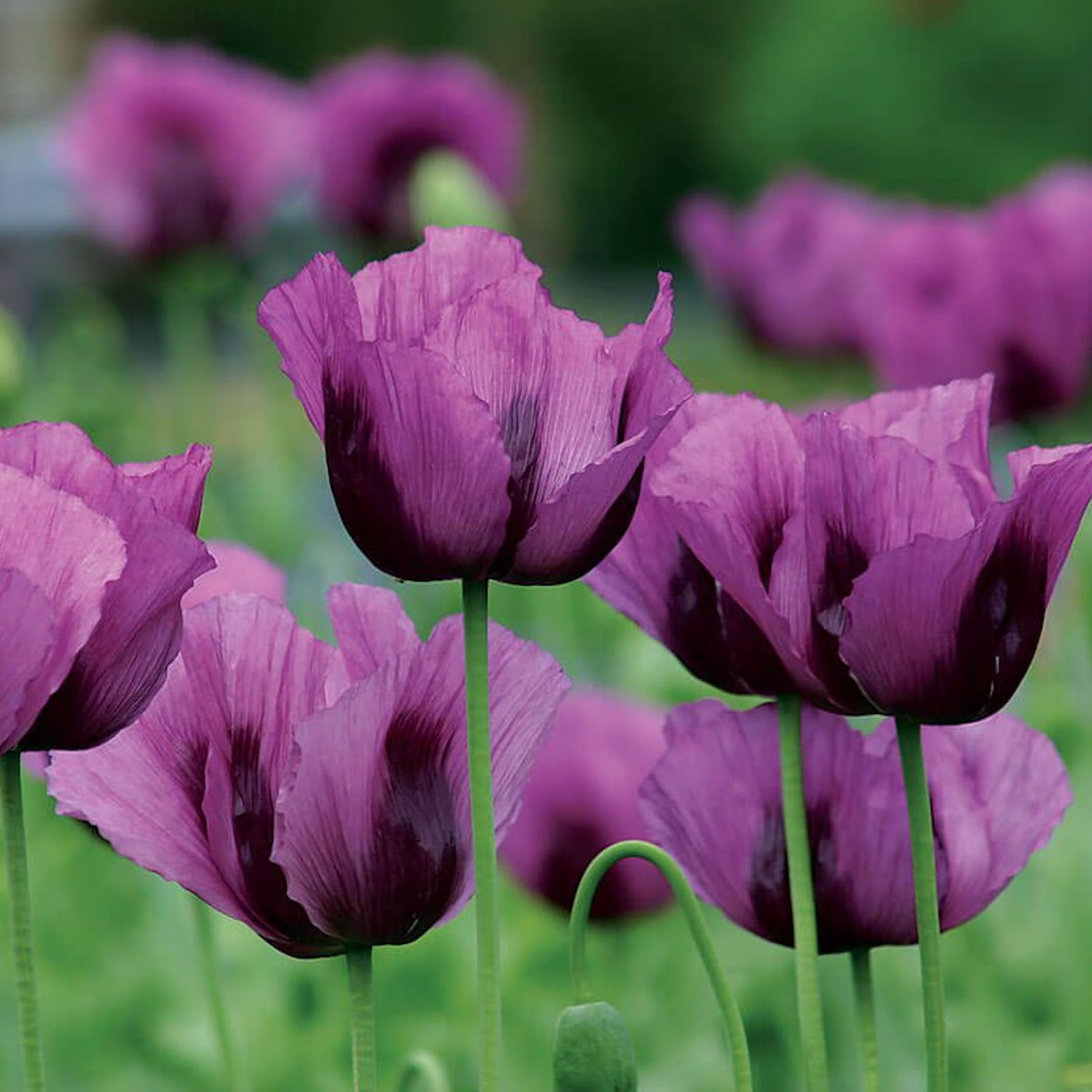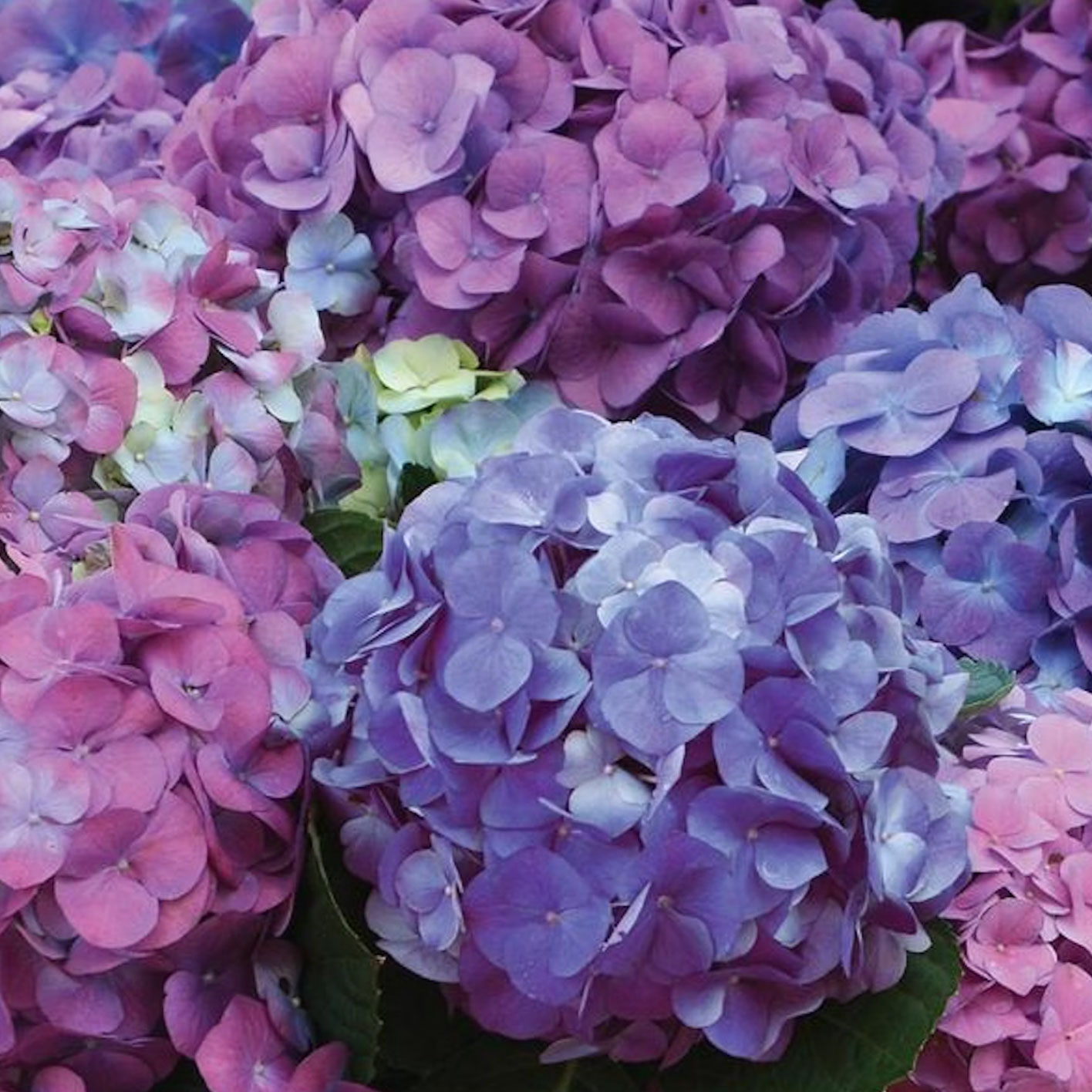Grow These Eye-Popping Purple Hydrangea Varieties For A Lively On-Trend Tonal Treat
From subtle indigo to rich violets, a purple hydrangea captures the imagination and adds elegance and verve to borders. Here are some of the finest purple bloomers
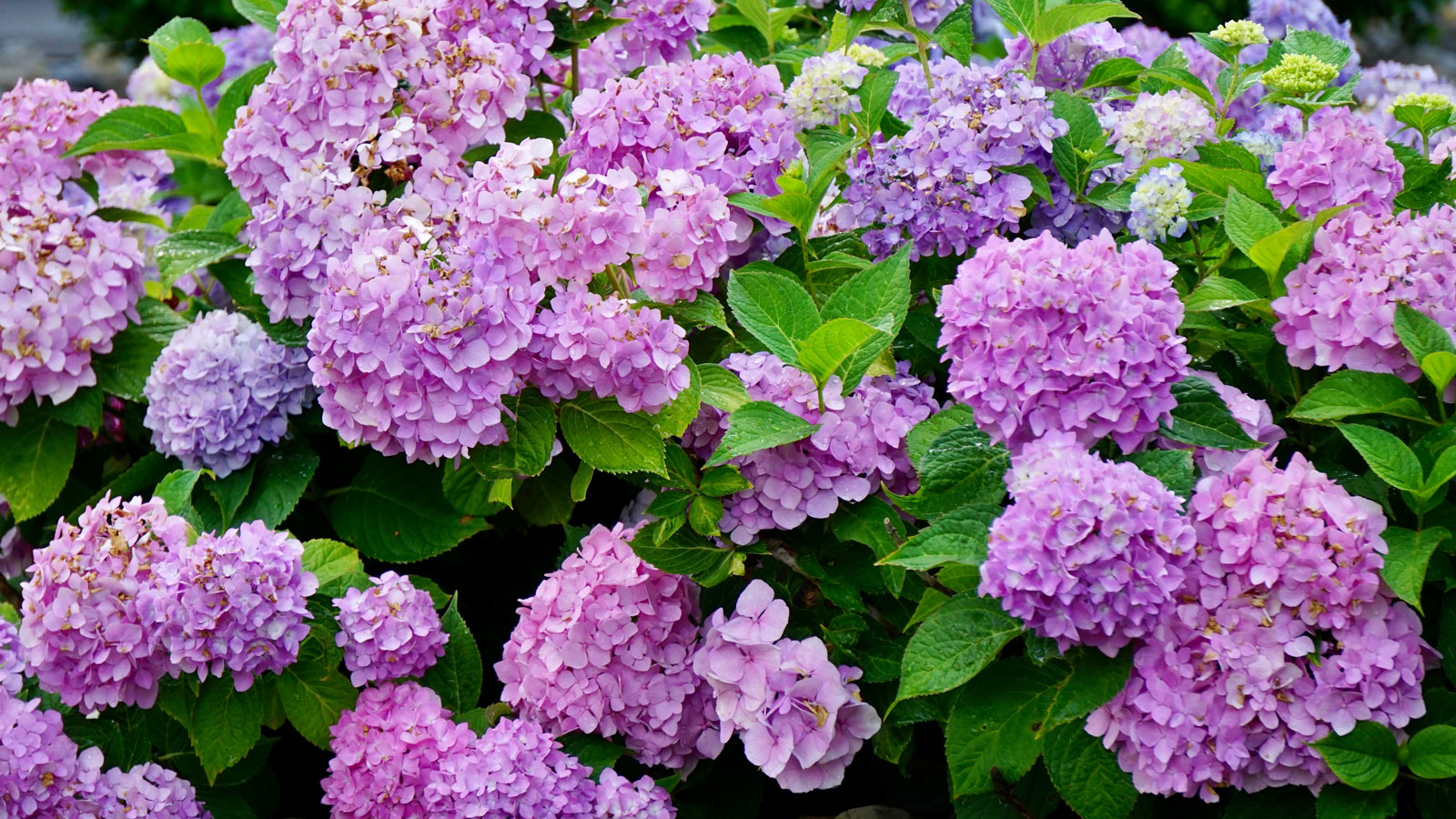
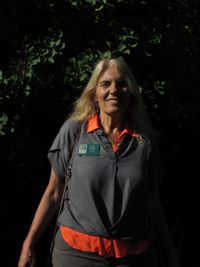
Amy Draiss
With their big, lush and beautiful flowers, hydrangeas are in a class of their own. And while whites and pinks make lovely entry points, a purple hydrangea can create a unique visual impact. The truth is there are no true purple hydrangeas – but several hydrangeas can produce purple flowers with the right soil pH. The options listed here are big leaf hydrangea varieties that flower blue in acidic soil and pink in alkaline soil. To get purple hydrangea flowers, you just need to adjust the soil around a big leaf hydrangea until you hit the sweet spot. Here are some favorites.
Choosing the Best Purple Hydrangea Varieties
Big leaf hydrangea (Hydrangea macrophylla) is the most common and most popular of the hydrangea shrubs. This is the one that gives you round flower clusters as big as cantaloups or pretty lacecap flowers with a flattened central disk. They are some of the longest flowering perennial plants you can grow in your garden.
This ‘snowball hydrangea’ shrub is famous for changing flower color dramatically as the acidity of the soil changes. Blooms are deep blue in very acidic soil, and deep pink or even red in extremely alkaline soil. But with the right pH level somewhere in the middle, some bigleaf cultivars turn a fabulous purple color. So if you are after blue purple hydrangea shrubs, the options here are all capable of greatness.
You can use soil additives to arrive at just the color you desire. Add aluminum sulfate to the soil to make the flowers bluer, and add lime to the soil to make blooms pinker. These shrubs look amazing in contrast with white hydrangea varieties, combined with other tonally sympathetic shrubs with purple leaves or flowers, or just as standalone specimens for dramatic, imperial elegance.
1. Color Fantasy

Given the right soil mix, Hydrangea macrophylla Color Fantasy® can be the perfect deep purple hydrangea shrub. The shiny green leaves set off the purple blooms nicely on this compact plant. ‘Color Fantasy’ tops out at about 3ft (1m) tall and blooms on old wood.
This lushly flowered shrub is a perfect choice for small backyards. Site it where it is protected from cold winter winds and don’t be afraid to adjust the acid level in the soil to suit your tastes. You can use a soil additive if the color turns out too blue or pink.
2. Amethyst
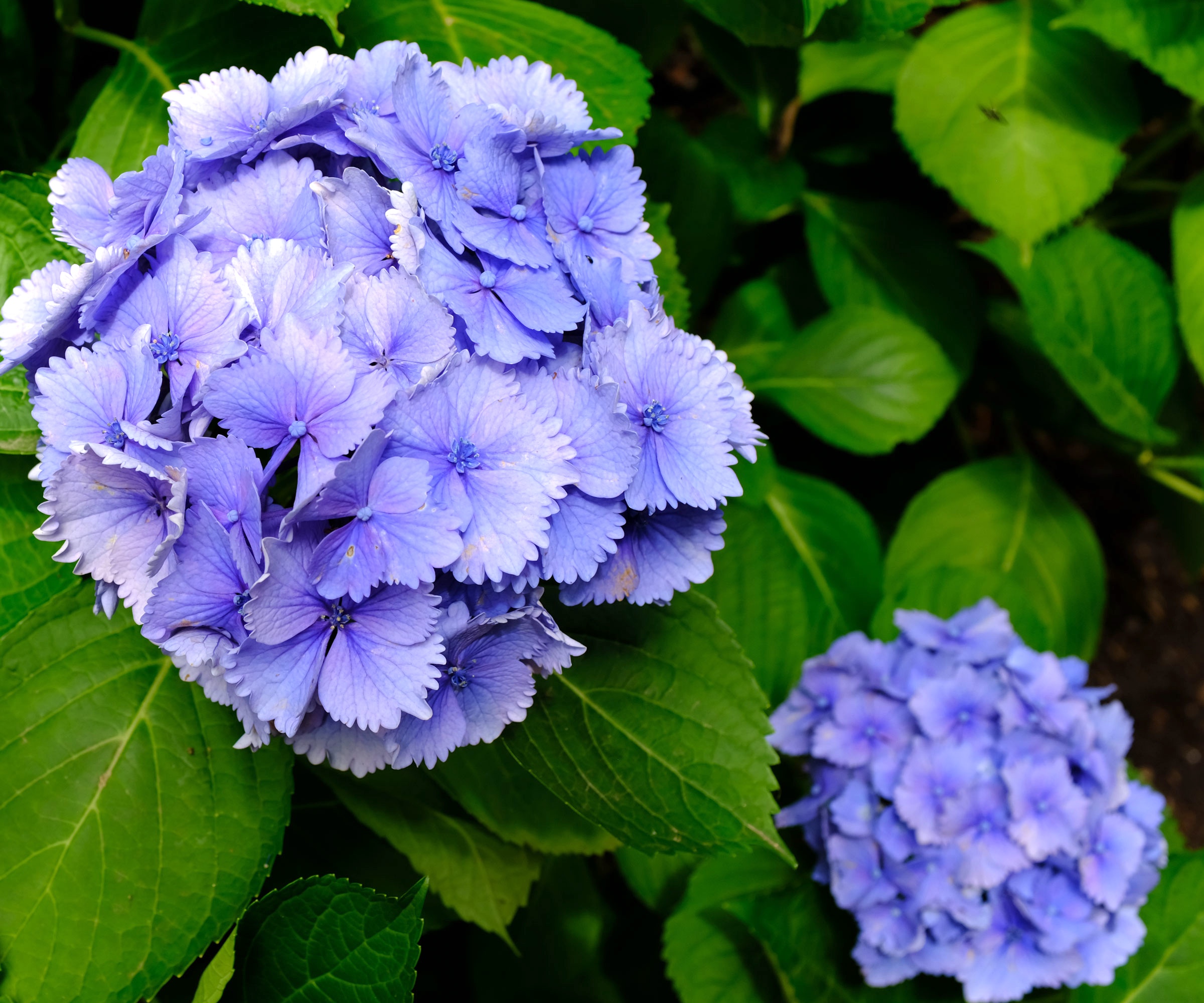
‘Amethyst' is a mophead hydrangea, with its large sterile florets arranged in rounded panicles. This is another purple-blooming hydrangea that is good for smaller spaces. Compact with a rounded habit and dark green leaves, ‘Amethyst’ typically stays under 4ft (1.3m) tall.
Sign up for the Gardening Know How newsletter today and receive a free copy of our e-book "How to Grow Delicious Tomatoes".
While the flowers may turn pink in alkaline soil, you can add some aluminum sulfate to edge them toward lilac. They begin to bloom in July and the show keeps on keeping on for around eight weeks.
3. Marechal Foch
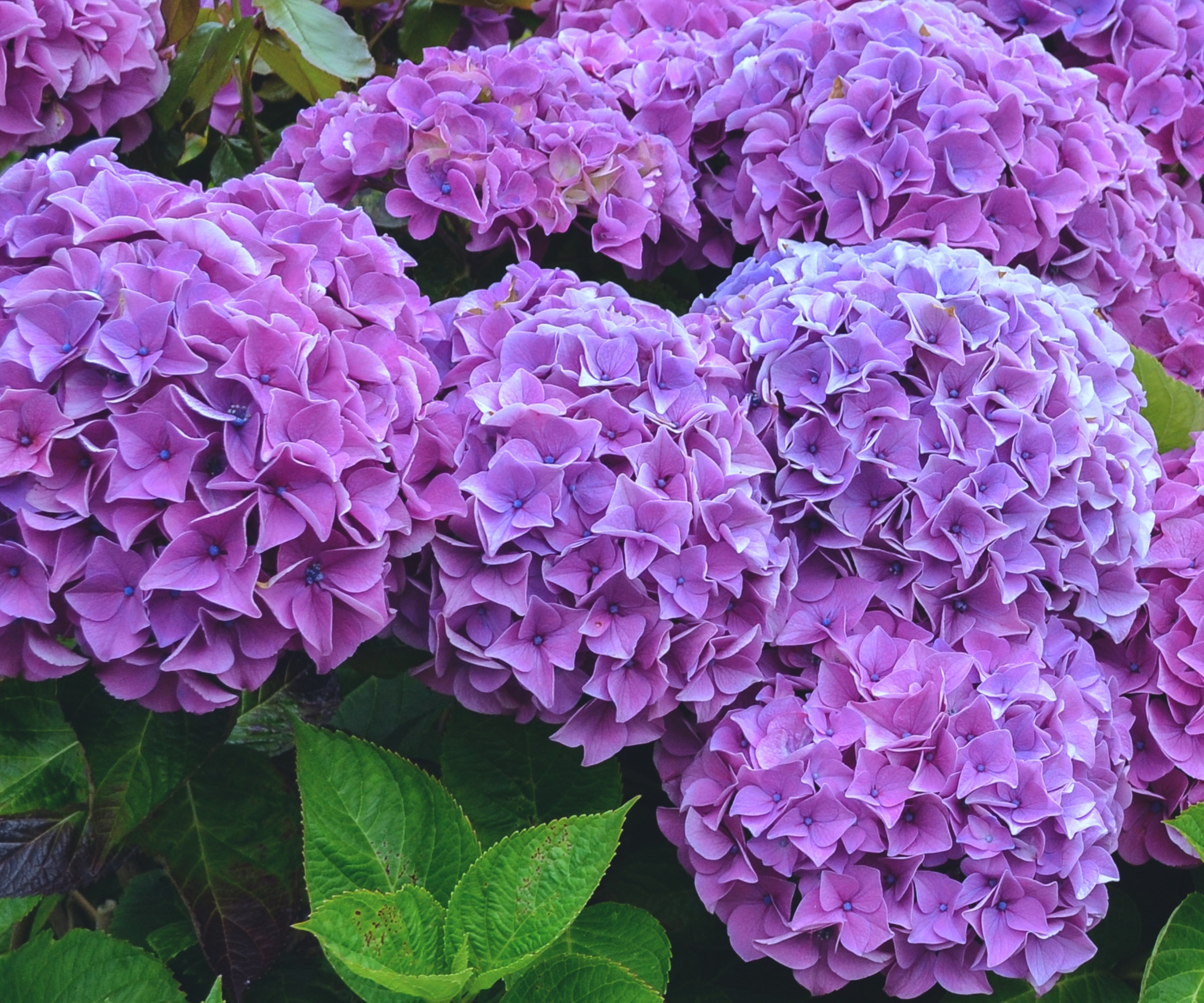
Known as one of the best classic hydrangeas, ‘Marechal Foch’ was one of the original Mouillere hydrangeas bred in 1924. It is very popular in Europe for its generous crop of gorgeous flowers, even after a cold winter.
The shrub grows to 5ft (1.6m) tall and wide and produces flowers to 8 inches (20cm) across. The ‘snowball’ flowers can run the spectrum from rose to indigo, but with a little finesse, you can arrive at dark purple hydrangea blooms. Stunning in any purple garden design, or in contrast with yellow or white tonal themes.
4. Harlequin
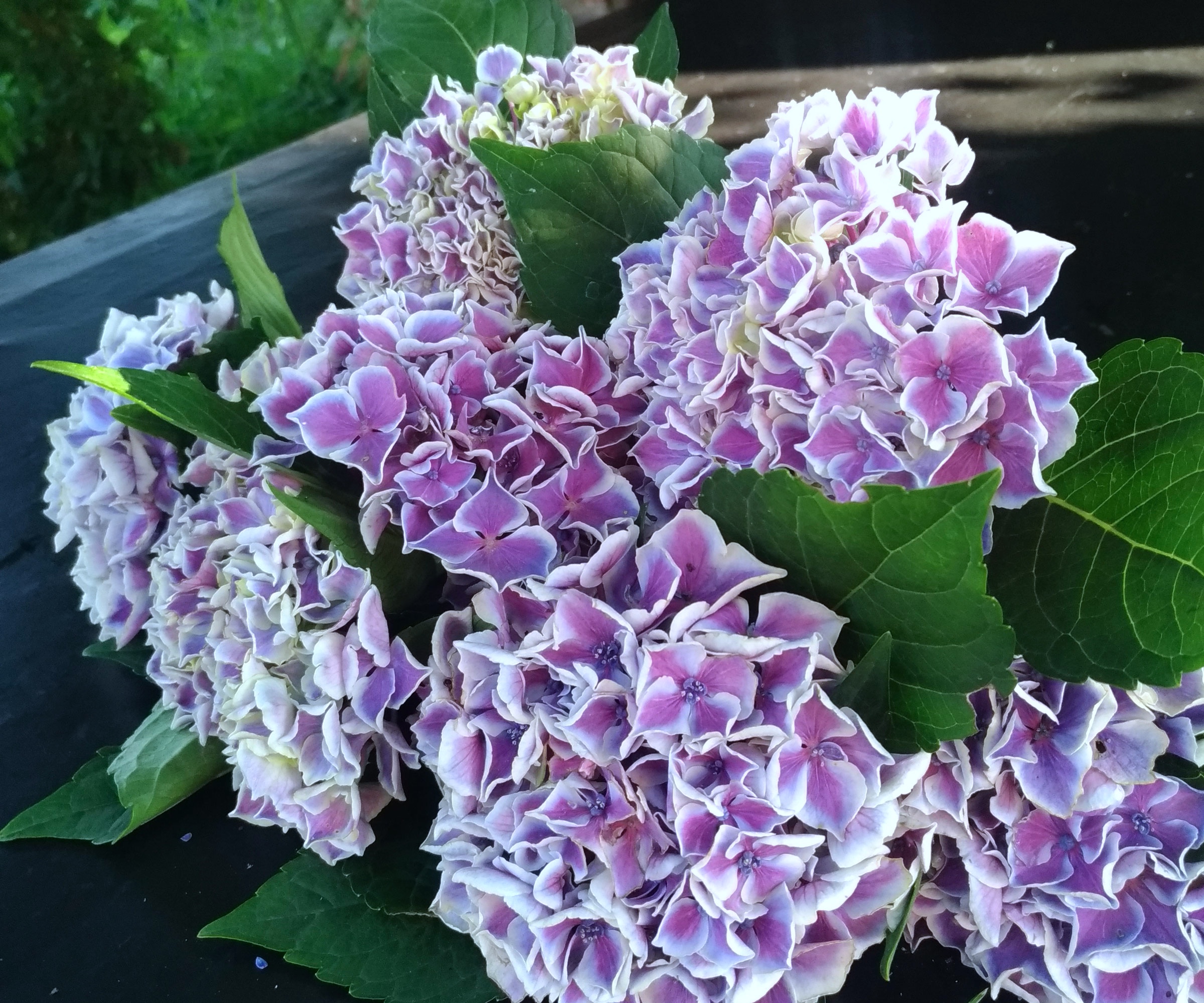
‘Harlequin’ is a one-of-a-kind hydrangea, guaranteed to be unlike anything else in your garden. It is one of the best flowering bushes you can grow and highly unusual, as the flower petals have white borders, giving it an angelic appeal.
Like other big leaf hydrangeas, the bloom color can range from pink to blue, but if you hit purple, it will be the focal point of your garden. Shrubs mature to 4ft (1.1m) tall and wide, while flowers grow to 6 inches (15cm) across. This shrub is sure to add depth and richness to pastel purple plants, blue flowers and silver themes.
5. Kardenal Violet
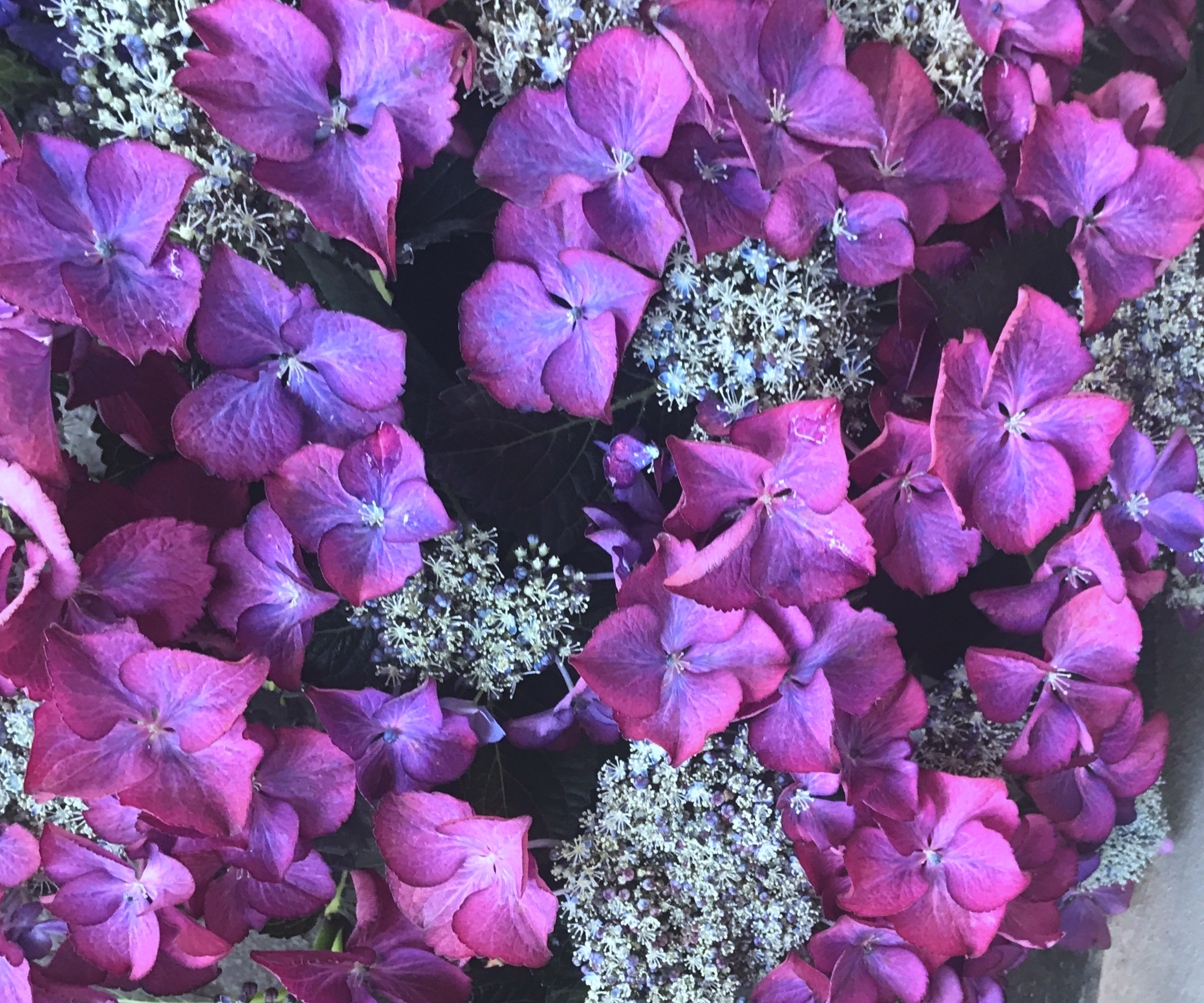
‘Kardenal Violet’, a blue and purple hydrangea, is a gorgeous plant. Compact and overflowing with blooms in season, this hydrangea’s flowers are lacecaps. Their delicate structure offers a delightful contrast to the vibrant petal color.
This purple flowering shrub has a rounded, bushy growth habit. It tops out at 5ft (150cm) tall and wide. These hydrangeas flower from summer through fall.
Frequently Asked Questions
Is there a true purple hydrangea?
Most purple hydrangeas are bigleaf varieties. These are shrubs that can produce flowers ranging in color from pink to blue depending on the acidity of the soil. However, they are not ‘true’ purple hydrangeas, since you have to adjust the soil to arrive at the purple bloom color.
How do I make my hydrangea purple?
If your flowers are pinker than you wish, you can add aluminum sulphate to the soil to edge them more in the direction of purple. If they are too blue, edge them toward pink by adding lime to the soil. The ideal purple can often come down to personal taste as well as soil pH.
This article features products available from third party vendors on the Gardening Know How Shop. Keep in mind that our plant inventory is limited - so if you’re thinking of purchasing, don’t wait!

Teo Spengler is a master gardener and a docent at the San Francisco Botanical Garden, where she hosts public tours. She has studied horticulture and written about nature, trees, plants, and gardening for more than two decades, following a career as an attorney and legal writer. Her extended family includes some 30 houseplants and hundreds of outdoor plants, including 250 trees, which are her main passion. Spengler currently splits her life between San Francisco and the French Basque Country, though she was raised in Alaska, giving her experience of gardening in a range of climates.
- Amy DraissDigital Community Manager
